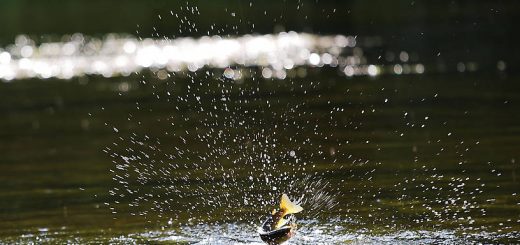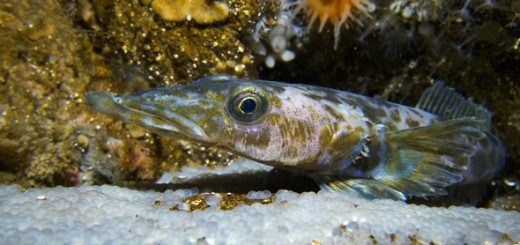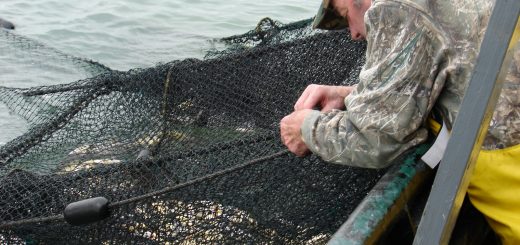Changes to the Fisheries Act of Canada
The Fisheries Act of Canada (Fisheries Act R.S.C. 1985 c. F-14) is the country’s leading legislation for the protection of fish and fish habitat. The law was narrowed in its protective capacity with the stated reasoning being that the previous law had expanded beyond what was necessary to protect fish habitat. This reasoning was examined and tested by Favaro and Olszynski (2017) who provide a measure of the status of fish habitat in Canada.
The narrowing changes to the Fisheries Act took effect in November of 2013. Before the changes, subsection 35(1) required authorization from the Minister of Fisheries and Oceans for any work which may harmfully alter, disrupt, or destroy (HADD) fish habitat. After the changes, the law required authorization when there might be serious harm to fish that are part of or support fisheries (commercial, recreational, or Aboriginal). Serious harm included the death of fish or permanent alteration or destruction of fish habitat. The changes were controversial due to the subjectivity of interpreting ‘permanent’ alteration or which fishes might be included as supporting a fishery and were generally opposed by the scientific community and other interested parties.
The Department of Fisheries and Oceans (DFO) has a policy goal of No Net Loss (NNL) of fish habitat, but currently has no metric of fish habitat area, loss or gain. The researchers provided a measure of the status of fish habitat in Canada by using the access to information request process to obtain data on project authorizations issued during 6 months in 2012, prior to implementation of the narrowing changes. These authorizations contain information about each project’s proponent, area of impact, and required compensation area. The authors calculated the compensation ratio (CR) as compensation area:HADD area, so that projects with a CR >1 would be required to compensate for more area than they were authorized to impact.
Projects with HADD authorizations ranged in area from 50 m2 to 3 km2, whereas required compensation areas were 0 to 0.9 km2. Most of the projects (67%) were authorized to impact more habitat than they were required to compensate for. There was no required compensation area for 36% of the projects, and the remaining projects required a median of 1881 m2 of habitat to be restored. In total, projects with a CR>1 were required to increase fish habitat by 1.7 km2, and those with a CR<1 lost 4.7 km2 of habitat, a net loss of 2.9 km2. Using the precautionary approach in this analysis means recognizing that 100% compliance is often not reached in this habitat compensation program, and so the researchers examined trends under 80% and 50% compliance. Under 80% compliance, net loss of habitat would increase to 3.8 km2, and under 50% compliance, 5.1 km2 of habitat would have been lost.
The authors concluded that the status of fish habitat in Canada was not such that narrowing of protections was warranted. The NNL policy was found to be violated through this research. Further, restored habitat is often less productive than unimpacted habitat, and monitoring has found that HADD authorized projects often impact more area than was authorized for. Favaro and Olszynski recommended that the previous version of subsection 35 should be restored, and that DFO recommit to its NNL policy with special attention for unimpacted habitat and the cumulative effects of many small projects. They also recommended a government recommitment to public education on fish habitat and its importance, and support for community groups and NGOs. But in order to reduce the turbidity and increase the transparency in the Fisheries Act, they recommended an establishment of a public registry of authorized projects impacts and required compensation, as well as data on follow-up monitoring. Rather than going through a lengthy access to information process, a public registry would allow independent reviews of the effectiveness of the habitat compensation program.
On 6 February, 2018, the Minister of Fisheries and Oceans responded to these recommendations by restoring the HADD prohibition, improving enforcement, and creating a public registry to track the projects. Restoring this legislation and improving its effectiveness will help to ensure fish and their habitats are protected. Healthy habitats are critical for the production of fish to support ecosystems and sustainable fisheries.
Reference:
Favaro, B., and Olszynski, M. 2017. Authorized net losses of fish habitat demonstrate need for improved habitat protection in Canada. Canadian Journal of Fish and Aquatic Sciences, 74: 285-291.



